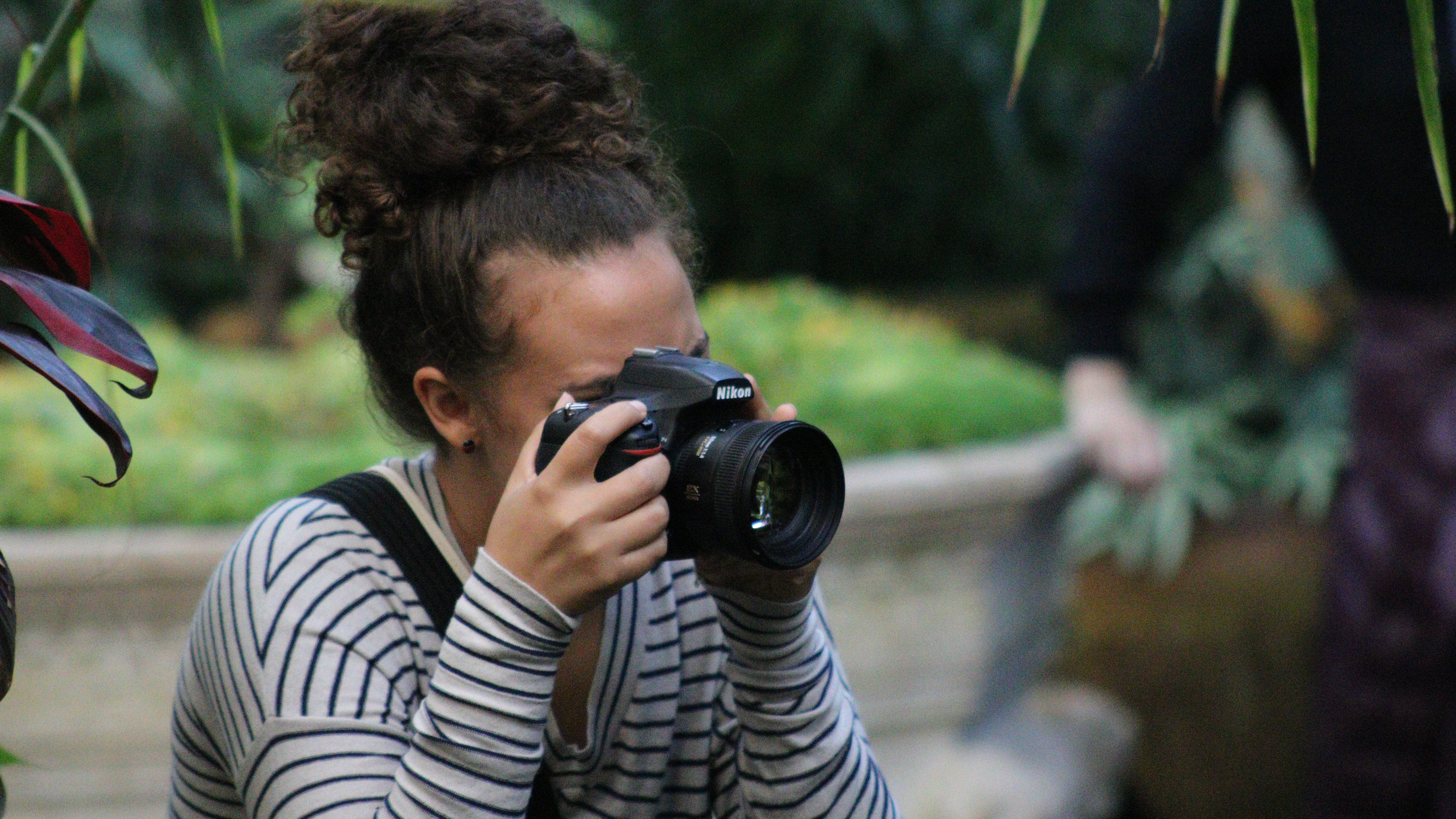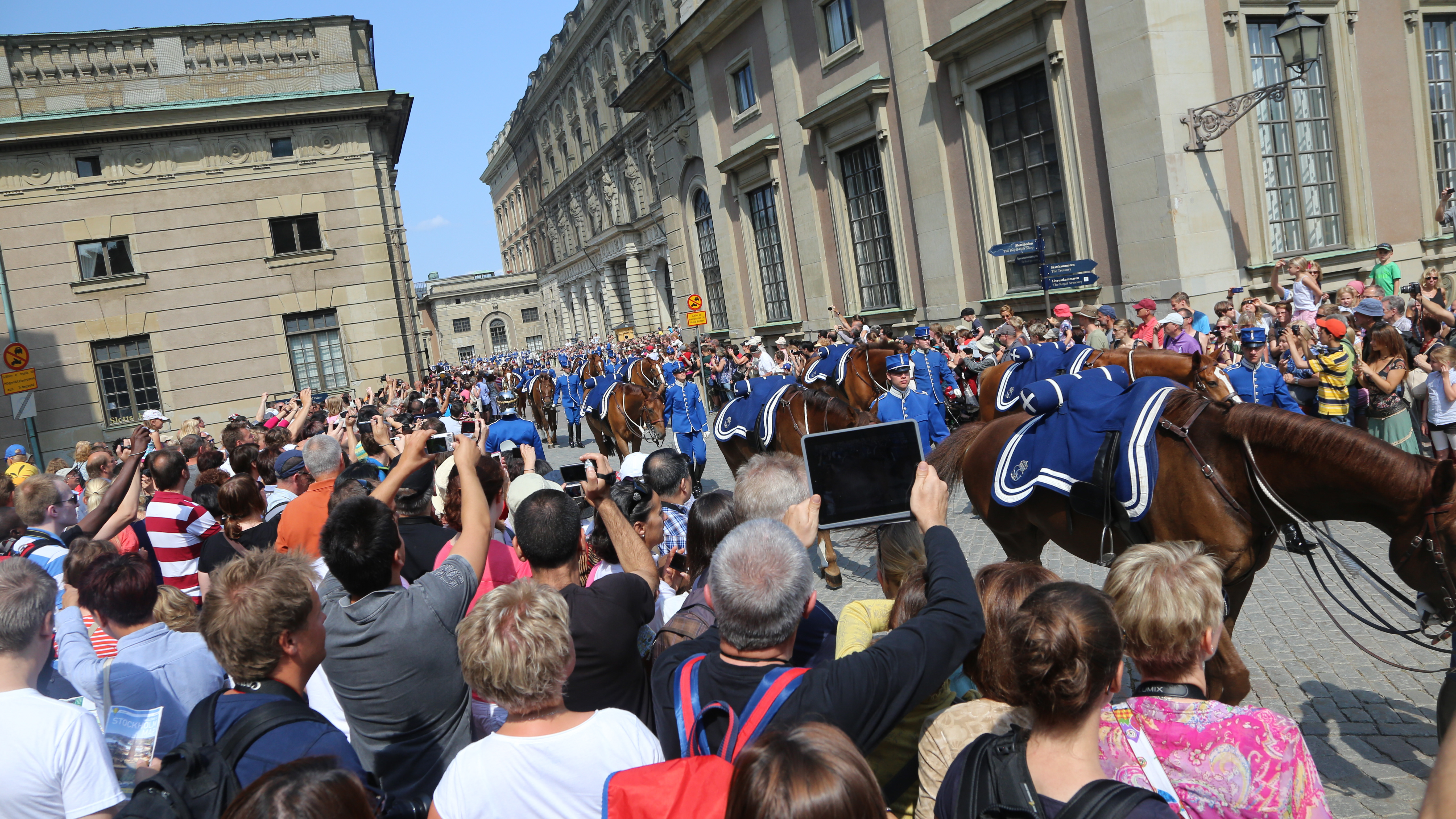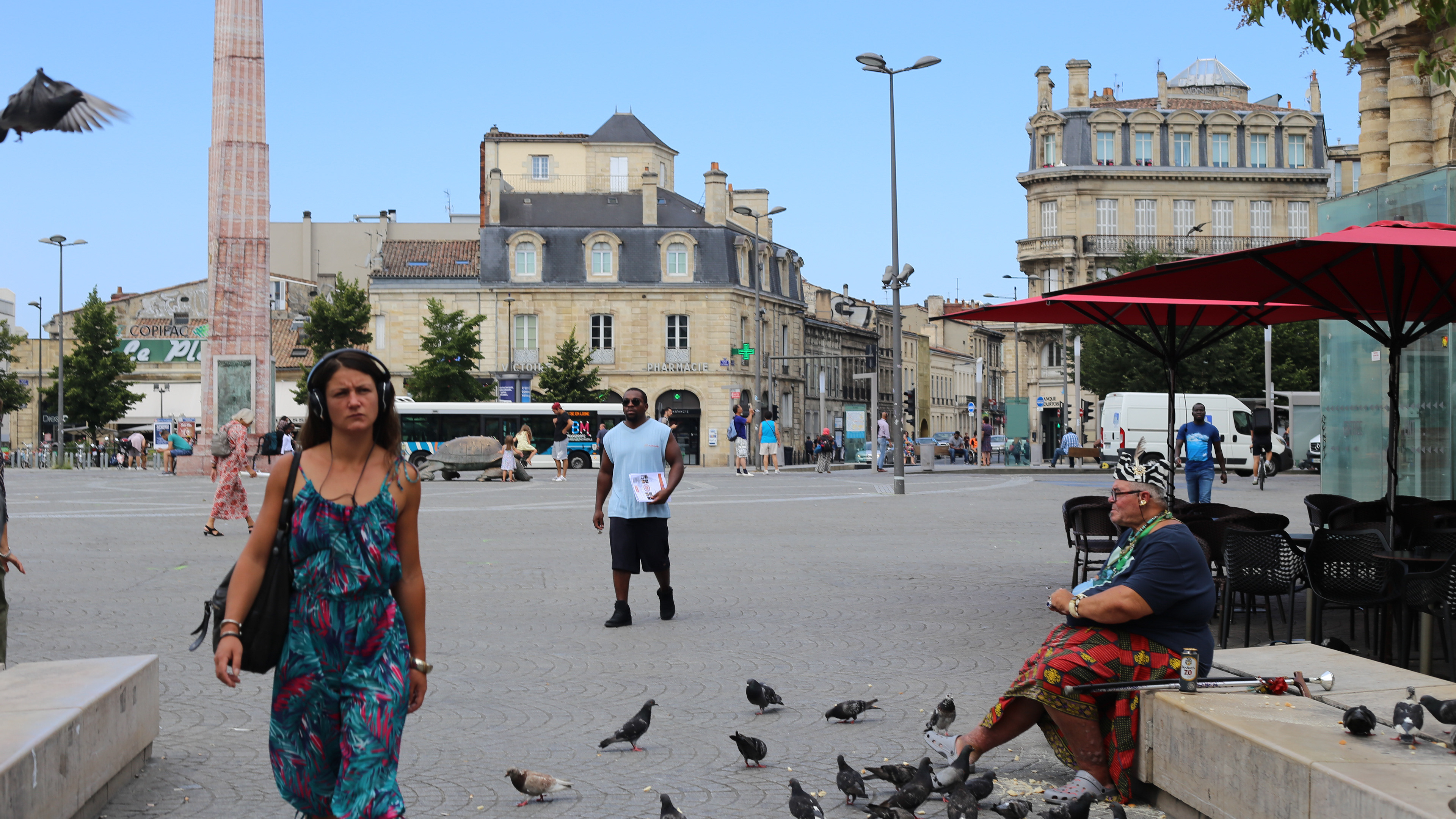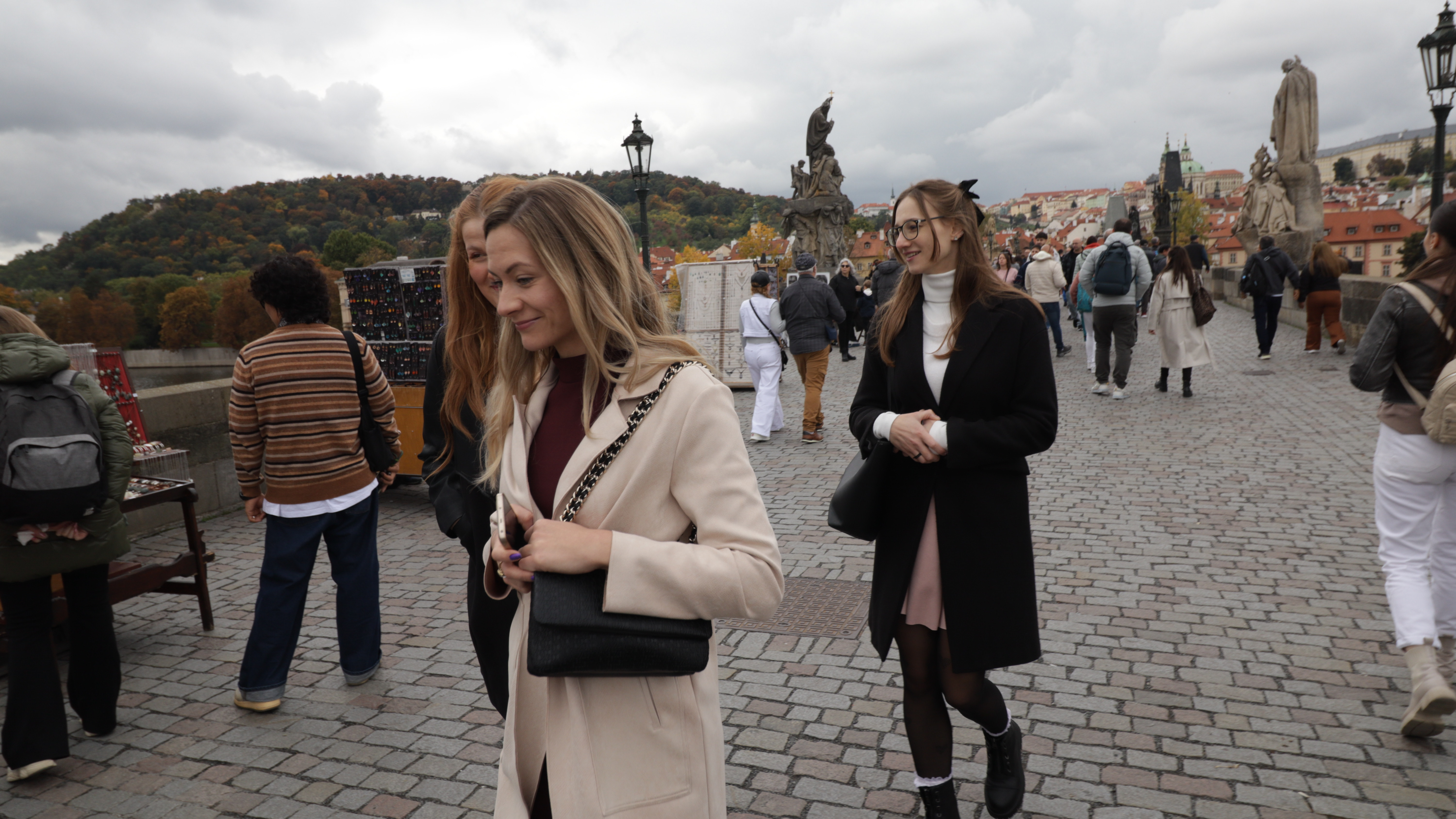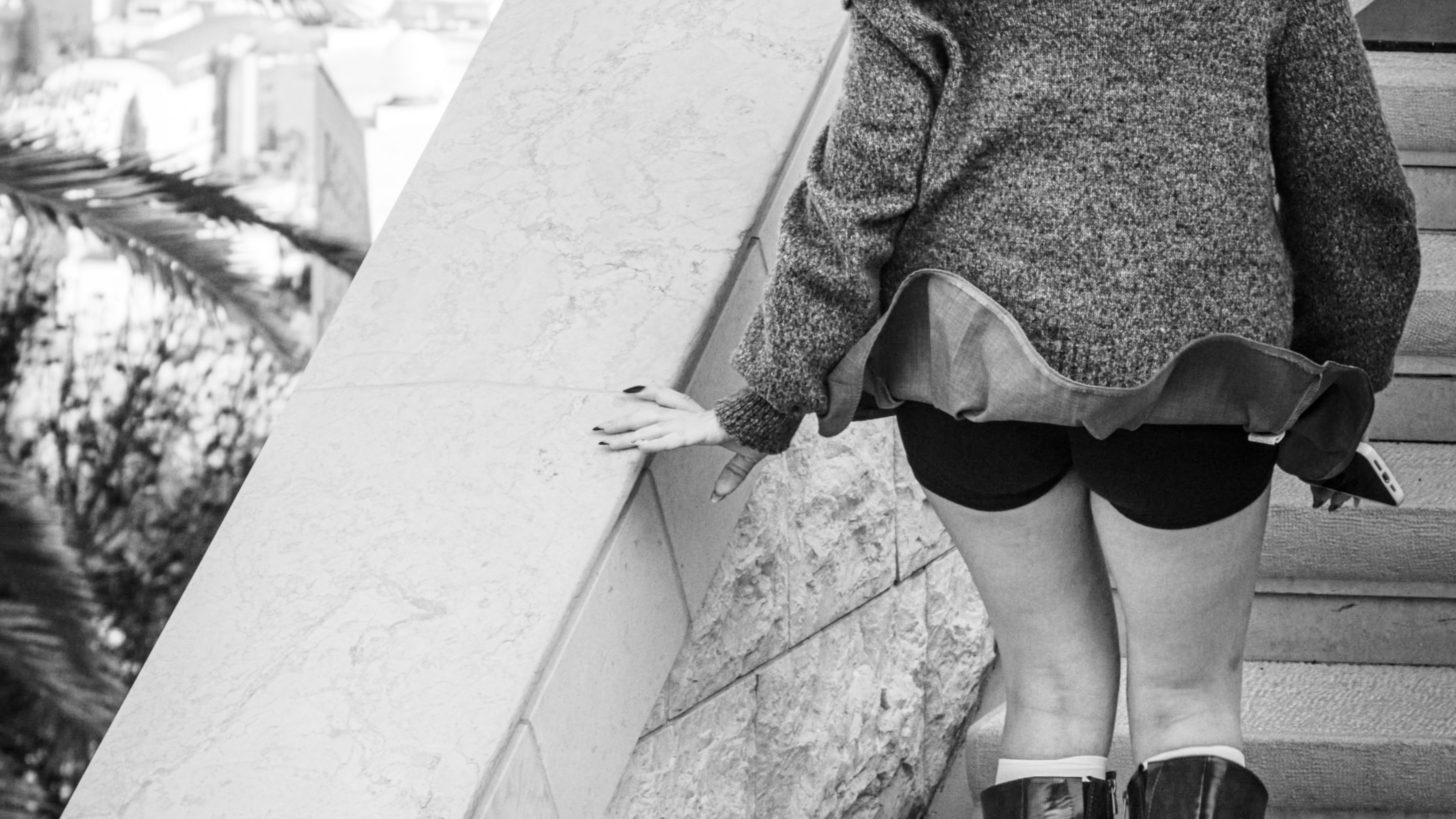In a hushed corner of the Museu Nacional de Arte Antiga in Lisbon, the everyday and the eternal sit side by side. The photograph captures this with uncanny intimacy: on one side, a security guard in her crisp uniform, leaning back into the shadows with an expression of quiet fatigue or absent daydreams, phone in hand; on the other, a bodhisattva cast in bronze, still and contemplative, resting its chin gently on its hand as if absorbed in infinite thought. It’s a pairing that feels almost staged, though it’s nothing more than life unfolding in its ordinary rhythm within the museum’s walls.
The light falls most reverently on the sculpture, its polished surface catching the glow and amplifying the folds of its draped robes, the delicate balance of its seated posture, the patience etched into its form. And yet, by the simple presence of the guard, the scene becomes layered with humor and poignancy. She mirrors the bodhisattva in her own way—two figures deep in thought, though one is waiting for the hours to pass and the other is sculpted into timeless stillness. Their shadows extend across the earthy wall behind them, as if stretching the dialogue between the fleeting and the eternal even further.
This is what makes Lisbon’s Museu Nacional de Arte Antiga so special. Beyond its celebrated masterpieces and collections, it offers these quiet encounters—moments where human routine brushes up against centuries of artistry. It’s not just about gazing at objects behind glass or on pedestals, but about witnessing the accidental poetry that happens in between: the guard’s slouch next to a saint, the shuffle of shoes on old parquet, the way light reshapes bronze into something almost alive. It’s a reminder that museums are living spaces, where history and present time keep each other company in silence.

